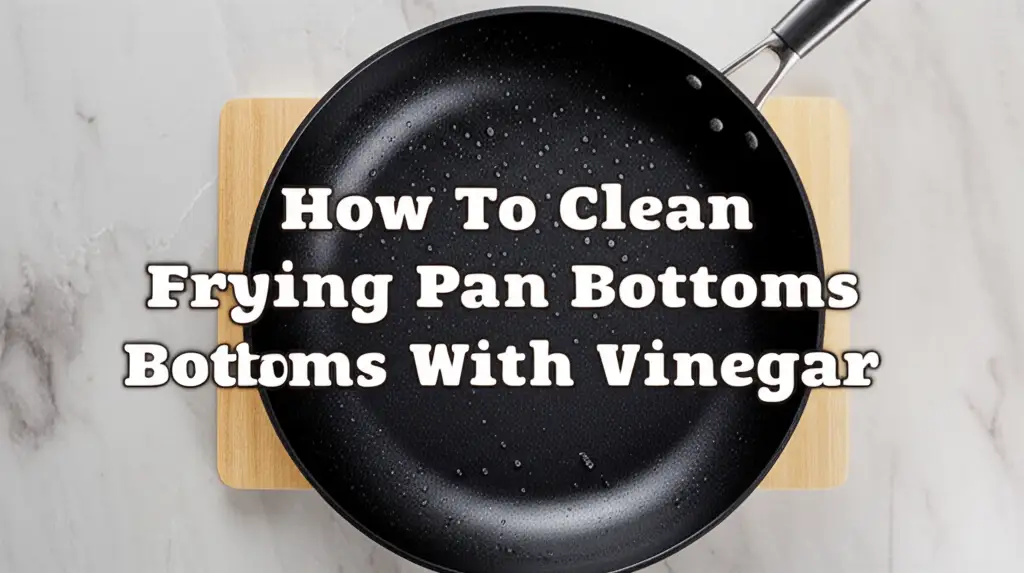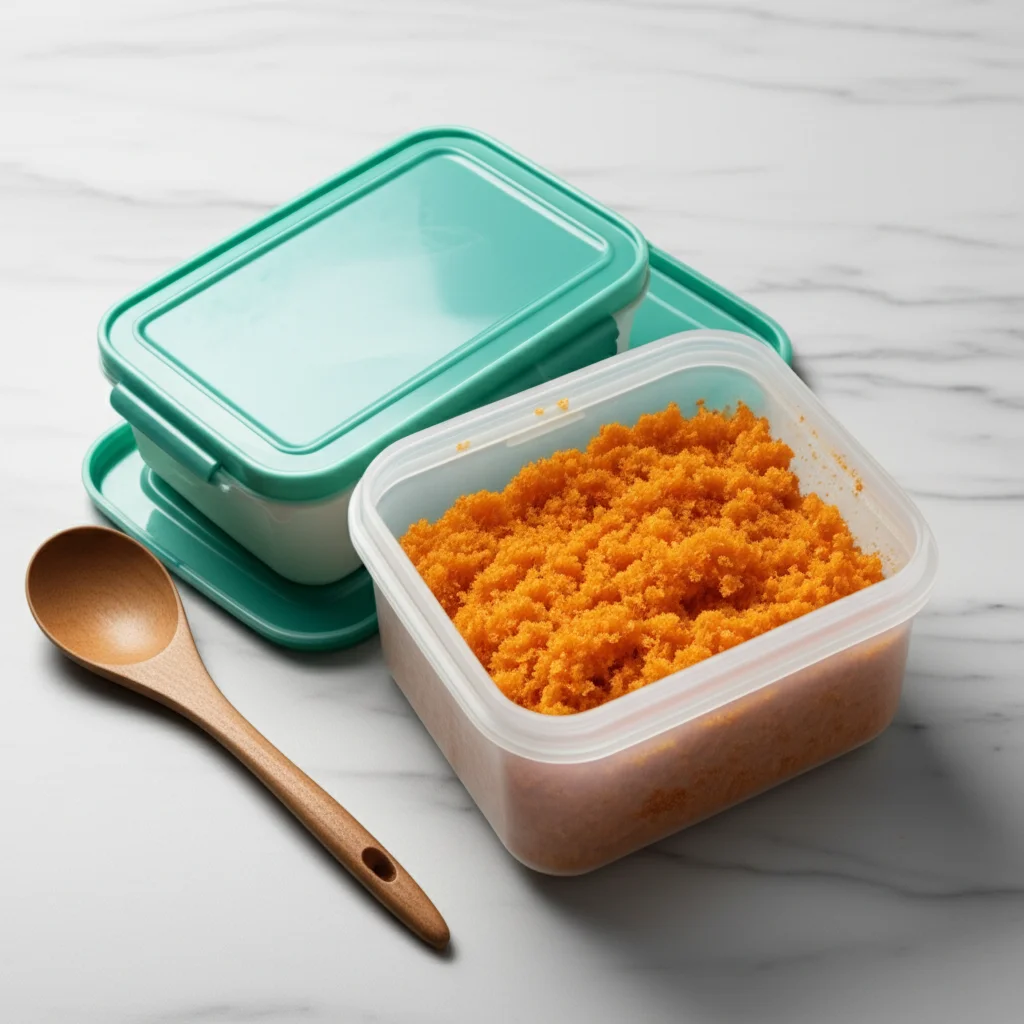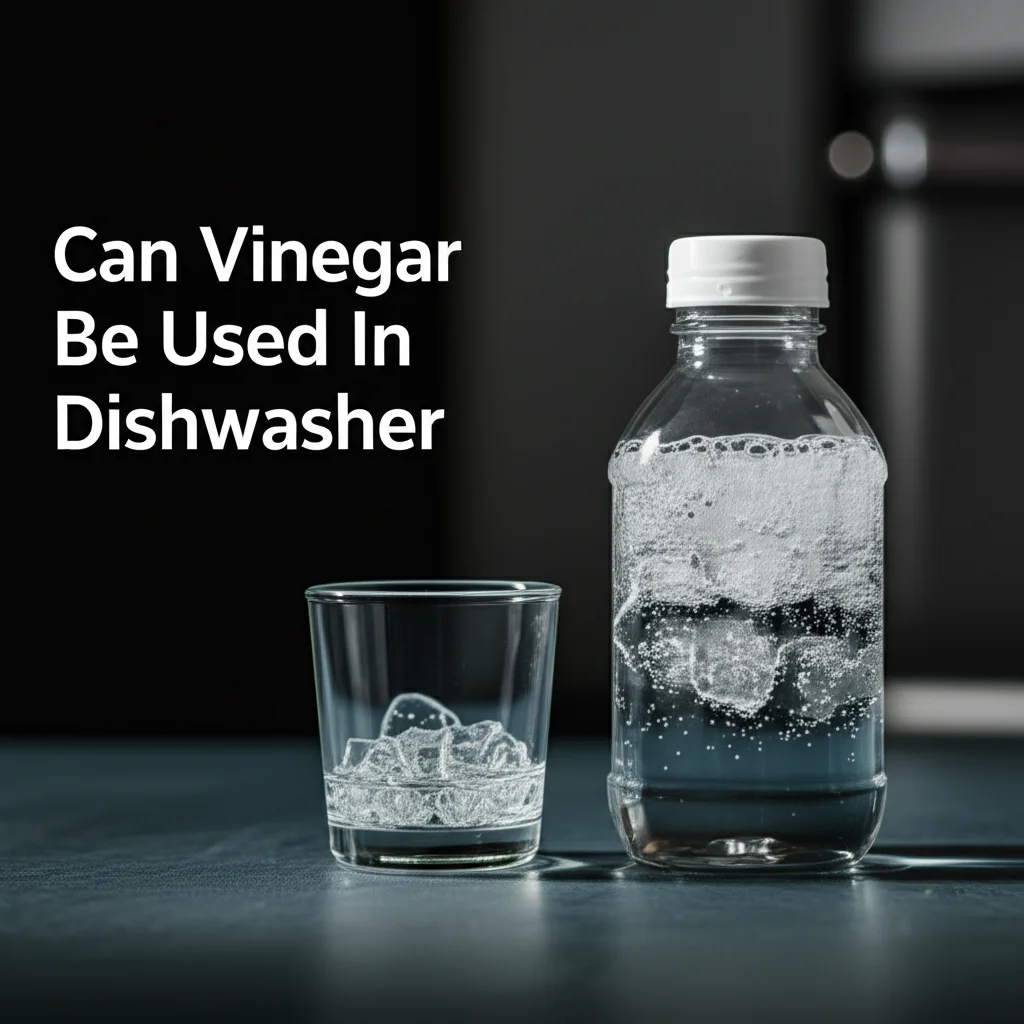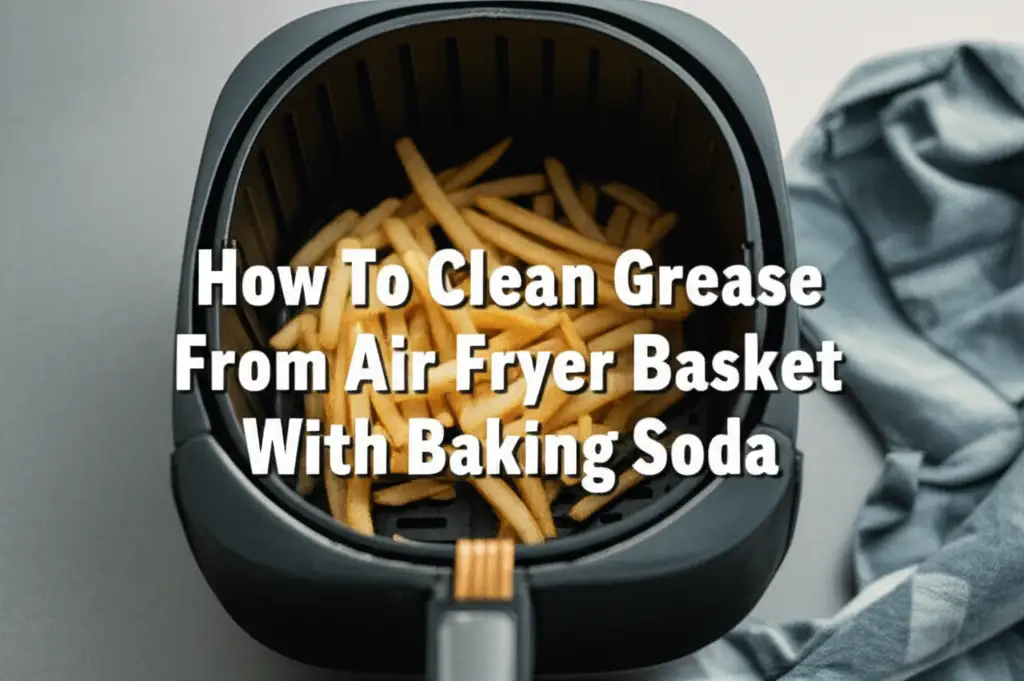· Todd Martin · Home Cleaning · 19 min read
How To Clean Stained Tupperware

Restore Your Tupperware: How to Clean Stubborn Stains
Do you open your kitchen cabinet and sigh at those orange-tinged, spaghetti-sauce-stained plastic containers? We all have them. Tupperware and other plastic food storage containers are incredibly useful for meal prep and leftovers. However, they easily pick up stubborn food stains. These stains make your otherwise functional containers look old and unappealing.
Getting rid of these persistent marks can feel like a losing battle. You might scrub and scrub, yet the orange or red tint remains. It seems like certain foods, especially tomato-based sauces, curries, and oily dishes, cling to plastic forever. But do not worry. This guide helps you learn how to clean stained Tupperware effectively. I will share practical tips and methods using common household items. We will cover everything from simple soaks to powerful scrubs. You will learn how to make your plastic containers look fresh again. You will also learn how to keep them clean in the future.
Takeaway
- Use baking soda paste for general food stains.
- Harness direct sunlight to bleach away discoloration.
- Soak containers in a vinegar and dish soap solution for grease.
- Employ lemon and salt for brightening and odor removal.
- Prevent stains by rinsing immediately and using oil barriers.
Clear Answer to Main Query
To clean stained Tupperware, combine dish soap, a tablespoon of baking soda, and warm water. Scrub the container with a sponge. For tougher stains, make a thick paste of baking soda and water. Spread it on the stain, let it sit for a few hours or overnight, then scrub and rinse. Exposure to direct sunlight can also naturally bleach plastic.
Understanding Tupperware Stains: Why They Happen
Have you ever wondered why your plastic containers seem to absorb colors like a sponge? It is a common problem, and it boils down to the nature of plastic itself. Plastic food storage containers, including Tupperware, are made from polymers. These polymers are long chains of molecules. On a microscopic level, these plastics are porous. They have tiny, invisible gaps and crevices.
When hot, oily, or highly pigmented foods sit in these containers, the color molecules seep into these small gaps. Think of tomato sauce. It contains lycopene, a bright red pigment. This pigment is often oil-soluble. When hot sauce sits in a container, the heat helps the oil and pigment penetrate the plastic surface. This process creates those stubborn orange or red stains. Similarly, curry, turmeric, and other colorful spices contain strong dyes that bond with the plastic.
Grease also plays a big role. Oil acts as a carrier. It helps the pigments travel deeper into the plastic’s pores. Once these color molecules are embedded, they are difficult to remove with just soap and water. Dish soap cleans the surface, but it cannot always reach deep into the plastic’s microscopic structure. This is why scrubbing vigorously often does not work. You need methods that can either lift the embedded pigments or break them down. Understanding this helps us choose the right cleaning approach for effective stain removal. It is not your fault; it is just how plastic works.
Essential Supplies for Tackling Stains
Before you start battling those unsightly stains, gather your cleaning arsenal. You probably have most of these items already in your kitchen or pantry. Using the right tools and ingredients makes the cleaning process much easier. You do not need harsh chemicals to get good results. Many effective solutions come from simple, natural ingredients.
Here are the essential supplies you will need:
- Dish Soap: Your everyday dish soap is always the first line of defense. It helps break down grease and lift surface dirt.
- Baking Soda: This is a powerhouse for stain removal. Its mild abrasive quality helps scrub away stains without scratching plastic. It also neutralizes odors.
- White Vinegar: Another versatile cleaner, white vinegar is acidic. It helps cut through grease and dissolve mineral deposits. It is also great for general sanitization. You can learn more about how vinegar helps clean many surfaces, even how to clean a shower with vinegar.
- Lemon Juice: Similar to vinegar, lemon juice contains citric acid. It works as a natural bleach and deodorizer. Plus, it leaves a fresh scent.
- Salt: Coarse salt acts as an excellent natural abrasive. When combined with lemon juice or dish soap, it helps scrub away tough residue.
- Sponges or Brushes: You need a good scrubbing tool. Use a non-abrasive sponge or a soft-bristled brush to avoid scratching your plastic.
- Warm Water: Warm water helps loosen food particles and activate cleaning agents.
- Sunlight: The sun is a free and powerful natural bleaching agent. Do not underestimate its power for plastic stains.
- Optional (for tough stains): Rubbing alcohol, bleach (use with caution and diluted), or denture cleaning tablets.
Having these items ready will help you tackle a wide range of plastic stains. You will be surprised how effective these common household products can be.
Harnessing the Sun’s Natural Bleaching Power
Did you know the sun can be your best friend when it comes to cleaning stained Tupperware? It is true. Sunlight is a powerful, natural bleach that works wonders on plastic. This method uses ultraviolet (UV) rays from the sun. These rays help break down the pigments that cause the stains. It is an incredibly simple, eco-friendly, and cost-free way to restore your containers.
Here is how to use the sun to your advantage:
- Wash the Container First: Always start by washing the stained Tupperware with warm water and dish soap. Remove as much food residue as possible. This step ensures that the sun’s energy focuses on the embedded stains, not surface grime.
- Rinse and Dry Partially: Rinse the container thoroughly. You can leave a little water inside or not, depending on your preference. Some people find a bit of moisture helps, others prefer it dry.
- Place in Direct Sunlight: Find a spot where your stained containers will receive direct sunlight for several hours. This could be a windowsill, a patio table, or even outside on a sunny day. Turn the container so the stained side faces the sun. For deeper containers, you might need to rotate them throughout the day.
- Be Patient: This method takes time. Depending on the severity of the stain and the intensity of the sun, it might take a few hours or even a full day. For very stubborn stains, you might need to leave them out for multiple days. Bring them inside at night if you are worried about dew or critters.
- Check Progress and Repeat: Check the container periodically. You will notice the stain gradually fading. If the stain is still there, simply put it back out in the sun.
This method works particularly well for tomato-based stains and general yellowing. It is amazing to see how those orange marks just disappear. The sun’s UV rays break down the chemical bonds of the pigments. This effectively bleaches the plastic. This technique is also excellent for removing general discoloration or yellowing from plastic containers over time, not just food stains. Give it a try; it is truly a magic trick!
The Baking Soda Paste Method: A Kitchen Staple
Baking soda is a true hero in the world of cleaning. It is mildly abrasive, which means it can gently scrub surfaces without causing damage. It is also an excellent deodorizer and a natural brightener. For cleaning stained Tupperware, a baking soda paste is often your first and most effective line of defense. This method works especially well for those common orange and red food stains, like those from pasta sauce or chili.
Here is how to use baking soda paste to get rid of those unsightly marks:
- Start with a Clean Container: Begin by washing your stained Tupperware with warm water and dish soap. Remove any loose food particles and grease from the surface. A clean surface allows the baking soda to work directly on the embedded stains.
- Make the Paste: In a small bowl, mix about two tablespoons of baking soda with just enough water to form a thick paste. You want the consistency of toothpaste. It should be thick enough to cling to the plastic surface without dripping.
- Apply the Paste: Spread the baking soda paste generously over all stained areas inside the Tupperware container. Use your fingers or a spoon to ensure even coverage. Make sure the stain is completely covered with the paste.
- Let it Sit: This is a crucial step. Allow the paste to sit on the stains for several hours. For light stains, 3-4 hours might be enough. For stubborn, deep-set stains, let it sit overnight. The longer the contact time, the more the baking soda can penetrate and lift the pigment.
- Scrub and Rinse: After the waiting period, use a damp sponge or a soft brush to scrub the paste into the stained areas. You will feel the gentle abrasive action of the baking soda. Scrub in circular motions. As you scrub, you should see the stains starting to lighten or disappear. Finally, rinse the container thoroughly under warm running water until all the baking soda residue is gone.
Baking soda is fantastic for breaking down organic pigments. It is also safe for food contact after rinsing. I have personally used this method countless times to revive my containers. It works wonders on coffee stains too, similar to how you would clean stained coffee mugs. If you have really tough stains, you might need to repeat the process. You can also combine this method with the sun bleaching technique for even better results. Just apply the paste, leave it on, and then place the container in direct sunlight.
Vinegar and Dish Soap Soak: For Greasy & Colored Stains
Sometimes, stains come with a greasy residue, making them extra challenging to remove. This is where the power combination of white vinegar and dish soap comes in handy. White vinegar is a natural degreaser and disinfectant. Dish soap is designed to break down oils. Together, they create a powerful soaking solution that can tackle both color stains and the greasy film that often accompanies them. This method is particularly effective for stains left by oily sauces, curries, and food with high fat content.
Here is how to soak your way to cleaner Tupperware:
- Initial Wash: As always, start by washing the stained Tupperware with warm water and your regular dish soap. This removes surface grease and food bits, allowing the soaking solution to work more effectively on the embedded stains.
- Prepare the Soaking Solution: Fill the stained container with warm water. Then, add a generous amount of white vinegar, perhaps about half a cup for a medium-sized container. Add a few drops of liquid dish soap. For particularly stubborn grease, you can add a little more soap.
- Mix and Agitate: Stir the solution gently to combine the vinegar, soap, and water. You will see some suds form. You can also put the lid on the container (if it’s a tight seal) and shake it gently to mix everything thoroughly.
- Let it Soak: Allow the stained Tupperware to soak in this solution for several hours. For light stains, 2-3 hours might be enough. For deep-set or greasy stains, I recommend leaving it to soak overnight. The acidic vinegar helps to break down the stains. The dish soap works on the fats and oils.
- Scrub and Rinse: After the soaking time, pour out the solution. Use a sponge or brush to scrub the inside of the container. You should find that the stains are much looser and easier to remove. The grease should also lift away without much effort. Rinse the container thoroughly with warm water. Ensure no vinegar or soap residue remains.
This method is safe for all types of plastic food storage containers. It not only removes stains but also helps to neutralize any lingering odors. This method is also great for other plastic items around the house, helping to clean stains on plastic surfaces in various applications. It offers a fresh, clean result without harsh chemicals.
Lemon Juice and Salt Scrub: Brightening and Odor Elimination
When your Tupperware not only has a stubborn stain but also a lingering odor, the dynamic duo of lemon juice and salt is your answer. Lemon juice is naturally acidic and contains citric acid, a fantastic natural bleaching agent. Salt, especially coarse salt, provides a gentle abrasive texture. Together, they create a powerful scrub that lifts stains, brightens plastic, and eliminates unpleasant smells. This method is especially good for containers that held strong-smelling foods like garlic, onions, or curry.
Here is how to put lemon and salt to work:
- Pre-Clean: As always, give your stained Tupperware a good wash with warm water and dish soap. Remove any loose food particles and initial grease. This prepares the surface for the lemon and salt scrub.
- Apply Lemon Juice and Salt: Pour a small amount of fresh lemon juice directly onto the stained areas. You want enough to moisten the surface. Then, sprinkle a generous amount of salt over the lemon juice. The salt should cling to the wet surface.
- Scrub Vigorously: Using a damp sponge, paper towel, or even your fingers, start scrubbing the stained areas. The salt acts as a gentle abrasive, helping to dislodge the embedded pigments. The lemon juice works to break down the stain and neutralize odors. Scrub in circular motions, applying moderate pressure. You will feel the texture of the salt working.
- Let it Sit (Optional but Recommended): For really tough stains and odors, after scrubbing, let the lemon and salt mixture sit on the stain for 30 minutes to an hour. This allows the citric acid more time to work on the pigments and odors.
- Rinse Thoroughly: Once you are satisfied with the scrubbing, rinse the container completely under warm running water. Make sure all salt granules and lemon residue are gone. The plastic should look noticeably brighter and smell much fresher.
The natural bleaching action of lemon juice combined with the scrubbing power of salt makes this a highly effective method. It is safe for food contact and leaves a pleasant, clean scent. This method is similar to how you might clean other household items with stains and odors. It’s a natural, effective way to restore your containers.
Deeper Cleaning for Stubborn Tupperware Stains
Some stains are just incredibly stubborn. They laugh in the face of baking soda, vinegar, and even the sun. For these persistent marks, you might need to bring out a slightly stronger arsenal. These methods involve chemicals that require more caution, but they can be very effective when used correctly. Always handle these with care, wear gloves, and ensure good ventilation.
Here are some deeper cleaning approaches for those really tough stains:
Isopropyl Alcohol or Rubbing Alcohol
Rubbing alcohol can be surprisingly effective for breaking down oily residues and some pigments.
- Dampen a Paper Towel: Pour a small amount of isopropyl alcohol onto a paper towel or a soft cloth.
- Wipe the Stain: Wipe the stained area vigorously with the alcohol-dampened towel. You should see some of the stain transferring to the towel.
- Wash Thoroughly: After cleaning, wash the Tupperware container thoroughly with warm water and dish soap. This removes any alcohol residue before food contact.
- Caution: Test a small, inconspicuous area first to ensure it does not damage the plastic. Alcohol can sometimes affect certain plastic types.
Denture Cleaning Tablets
Denture tablets are designed to clean and whiten dental appliances, but their effervescent, oxygen-bleaching action works wonders on plastic containers too. They are very effective at breaking down organic stains and odors.
- Fill with Water: Fill the stained Tupperware container with warm water.
- Add a Tablet: Drop one or two denture cleaning tablets into the water. Watch them fizz.
- Soak Overnight: Let the container soak overnight. The tablets will release cleaning agents that work on the stains.
- Rinse Well: In the morning, discard the solution and wash the container thoroughly with dish soap and water.
- Tip: This method is great for odd shapes and hard-to-reach areas, similar to how one might deep clean a plastic sink.
Diluted Bleach Solution (Use with Extreme Caution)
Bleach is a powerful oxidizer and can remove almost any stain. However, it should be a last resort for plastic containers. Bleach can degrade plastic over time, making it brittle or cloudy. It also requires careful rinsing to ensure no residue remains.
- Dilute Bleach: Mix one tablespoon of bleach with one cup of water in a well-ventilated area. Never mix bleach with other cleaners, especially ammonia or vinegar. This creates dangerous fumes.
- Apply to Stain: Pour the diluted bleach solution into the stained container, just enough to cover the stained areas.
- Short Soak: Let it sit for no more than 15-30 minutes. Keep an eye on it.
- Rinse Extensively: This is critical. After soaking, discard the bleach solution. Rinse the container under running water for several minutes. Then, wash it thoroughly with dish soap and hot water. You can even soak it in clean, plain water for an hour afterward to ensure all bleach traces are gone.
- Warning: Wear gloves and eye protection. Do not use bleach on colored plastics that are not white, as it can strip the color. Always use this method as a last resort.
For tough stains, these deeper cleaning methods can make a big difference. Just remember to prioritize safety and thorough rinsing, especially when using bleach.
Preventing Future Stains and Maintaining Your Tupperware
Once you have gone through the effort of cleaning stained Tupperware, you will want to keep them pristine. Prevention is always easier than cure. A few simple habits can significantly reduce the likelihood of stubborn stains forming in the first place. By adopting these practices, your plastic containers will stay clear and fresh for much longer.
Here are my top tips for preventing future stains and maintaining your Tupperware:
- Rinse Immediately: This is perhaps the most important rule. As soon as you empty a container, rinse it with cold water. Do not let food residue, especially tomato sauce or curry, dry and sit on the plastic. A quick rinse can prevent many stains from setting in.
- Wash Promptly: After rinsing, wash the container thoroughly with warm water and dish soap as soon as possible. The longer food sits, the more time pigments have to seep into the plastic.
- Use a Barrier for Oily Foods: Before adding highly pigmented or oily foods like spaghetti sauce or curry, lightly coat the inside of your container with a thin layer of cooking oil or cooking spray. This creates a barrier between the food and the plastic, making it harder for stains to adhere.
- Line with Paper Towels: For foods that are particularly prone to staining, consider lining the container with a paper towel before adding the food. The paper towel will absorb much of the pigment and oil. This protects the plastic.
- Store Tomato-Based Foods in Glass: If you frequently eat tomato-based or curry dishes, consider using glass containers for these specific foods. Glass is non-porous and will not stain.
- Avoid Microwaving Staining Foods: Heating foods high in pigments, like tomato sauce, in plastic containers can drive the color deeper into the plastic. If possible, transfer these foods to a glass or ceramic dish before microwaving.
- Dishwasher Position: If washing in the dishwasher, place plastic containers on the top rack. The heating element is usually on the bottom. Excessive heat can cause plastic to become more porous and absorb stains more easily. High heat can also cause plastic to yellow over time.
- Regular Sunlight Exposure: Even if your containers are not stained, occasionally placing them in direct sunlight for an hour or two can help prevent future yellowing and keep them looking bright. This also helps eliminate any subtle lingering odors.
By incorporating these simple habits into your routine, you can significantly extend the life and appearance of your Tupperware. A little prevention goes a long way in keeping your plastic containers clear and stain-free.
Frequently Asked Questions (FAQ)
Q1: Can Tupperware stains be permanent?
While some deep stains might be very difficult to remove completely, most Tupperware stains are not truly permanent. With the right cleaning methods and persistence, you can significantly lighten or fully remove even stubborn marks. The key is to use methods that target the embedded pigments, such as baking soda, lemon, or sunlight.
Q2: Is it safe to use bleach on Tupperware?
You can use bleach on Tupperware, but only with extreme caution and as a last resort. Bleach is very effective at removing stains. However, it can degrade plastic over time, making it brittle or cloudy. Always dilute bleach heavily and rinse the container thoroughly many times after use to remove all residue.
Q3: How do you get tomato stains out of Tupperware?
To remove tomato stains from Tupperware, sunlight is one of the best methods. Wash the container, then place it in direct sunlight for several hours or even a full day. Alternatively, create a thick paste of baking soda and water, apply it to the stain, let it sit overnight, then scrub and rinse.
Q4: What causes Tupperware to stain easily?
Tupperware and other plastic containers stain easily because plastic is porous. It has microscopic gaps that allow pigments from foods, especially hot, oily, or highly colored ones like tomato sauce, curry, and turmeric, to seep into the material. Once embedded, these pigments are difficult to remove with simple washing.
Q5: How often should I clean my Tupperware?
You should clean your Tupperware immediately after each use. A quick rinse and wash will prevent most stains from setting. For a deeper clean or if stains appear, use one of the methods described in this article. Regular cleaning and preventative measures help maintain their clarity.
Q6: Can I put stained Tupperware in the dishwasher?
Dishwashers can help clean Tupperware, but they often do not remove deep stains. The high heat in dishwashers can also set some stains more firmly into the plastic. For best results on stained containers, hand-wash using specialized stain removal methods before or instead of dishwashing.
Conclusion
We have all faced the frustration of opening a cabinet to find a collection of orange-stained Tupperware containers. It feels like a losing battle sometimes. But as you have learned, restoring your plastic food storage containers is not only possible but also quite simple. We explored effective methods to clean stained Tupperware, from the powerful, natural bleaching action of the sun to the scrubbing prowess of baking soda and the degreasing ability of vinegar.
Remember, the key to tackling these stubborn marks lies in understanding why they happen. Plastic’s porous nature allows pigments to seep in. By using the right natural or mild chemical agents, you can lift and break down these embedded stains. My personal favorites are the baking soda paste for a deep clean and direct sunlight for its effortless brightening. Prevention is also vital. A quick rinse after use, a thin layer of oil, or choosing glass for staining foods can save you a lot of effort.
Do not let those colorful stains defeat you any longer. Arm yourself with these tips and common household items. You can confidently tackle any Tupperware stain. Embrace these cleaning hacks. Keep your kitchen containers looking clear, fresh, and ready for your next meal prep adventure. Start today and give your stained Tupperware a new lease on life!





